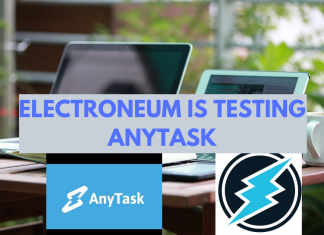This is the second part of this article. Here is the first one.
We’ll explain 9 more concepts about blockchain.
-
Oracles
Oracles act as bridges between the blockchain and the outside world, providing smart contracts with external data. Understanding how oracles securely fetch real-world information, such as market prices or weather conditions, and deliver it to decentralized applications can be perplexing.
-
Token Standards
Tokens are an integral part of the blockchain ecosystem, representing assets or utility within a network. However, various token standards like ERC-20, ERC-721 (NFTs), and others each serve unique purposes. Grasping the distinctions between these standards and their applications is essential for token creation and compatibility.
-
Gas and Transaction Fees
Gas is a unit used to measure computational effort on the blockchain. Every operation or smart contract execution consumes gas, and users must pay transaction fees in the native cryptocurrency to complete transactions. Understanding how gas fees are calculated and how they impact transaction processing times is crucial for efficient blockchain usage.
- Zero-Knowledge Proofs
Zero-knowledge proofs allow one party to prove to another that they possess certain information without revealing the actual data. This concept plays a vital role in privacy-focused blockchains, but comprehending the complex cryptographic principles behind it can be challenging.
5. Layer-2 Solutions
To address scalability challenges, layer-2 solutions aim to process transactions off-chain while ensuring security through smart contract verifications. Understanding how these solutions work and their trade-offs with on-chain transactions is essential for designing scalable blockchain networks.
6. Private and Public Blockchains
Distinguishing between private and public blockchains is crucial for understanding the diversity in the blockchain landscape. Private blockchains restrict access to authorized entities, while public blockchains allow anyone to participate. Each type has its advantages and limitations depending on the specific use case.
7. Cross-Chain Swaps
Cross-chain swaps enable users to exchange assets between different blockchain networks without the need for intermediaries. Comprehending the underlying technology and interoperability challenges is necessary to facilitate seamless asset transfers.
8. NFTs
While fungible tokens are interchangeable, non-fungible tokens (NFTs) are unique and indivisible. Understanding the significance of NFTs in creating digital scarcity and their impact on art, gaming, and collectibles is essential to grasp their growing popularity.
9. Quantum Resistance
As quantum computing advances, the threat it poses to cryptographic systems becomes a concern for blockchain security. Quantum-resistant algorithms aim to mitigate these risks, but understanding the challenges and potential solutions requires a strong grasp of quantum mechanics and cryptography.
Conclusion
The blockchain industry is a constantly evolving realm, where complex concepts emerge hand in hand with transformative potential. From oracles and token standards to cross-chain swaps and quantum resistance, each concept plays a crucial role in shaping the future of blockchain technology.
⬆️ For more cryptocurrency news, check out the Altcoin Buzz YouTube channel.
⬆️ Our popular Altcoin Buzz Access group generates tons of alpha for our subscribers. And for a limited time, it’s Free. Click the link and join the conversation today.




























